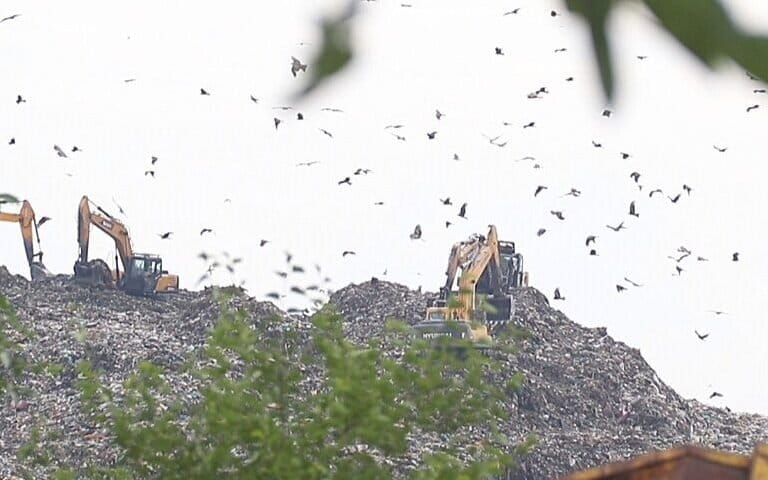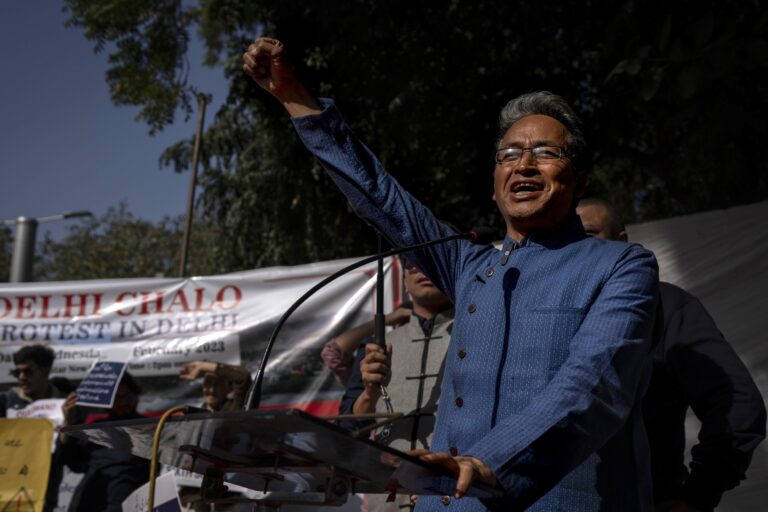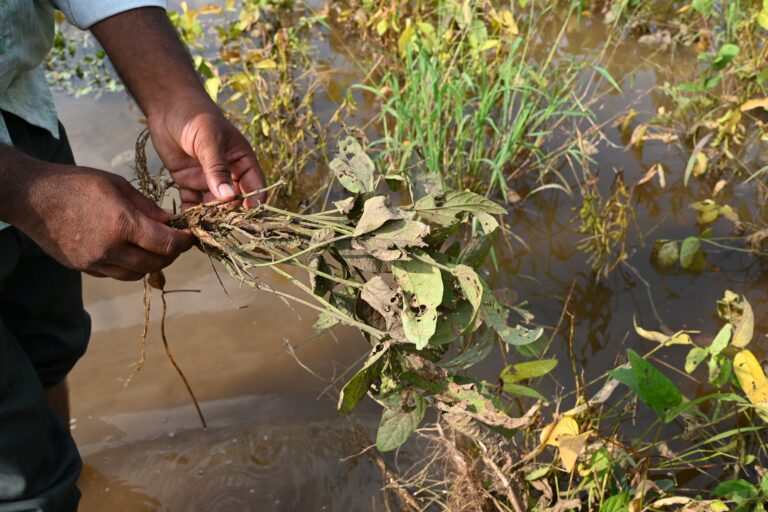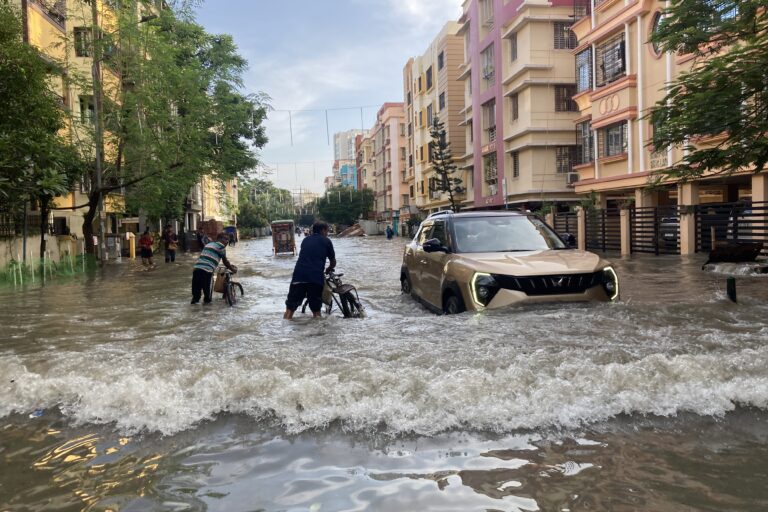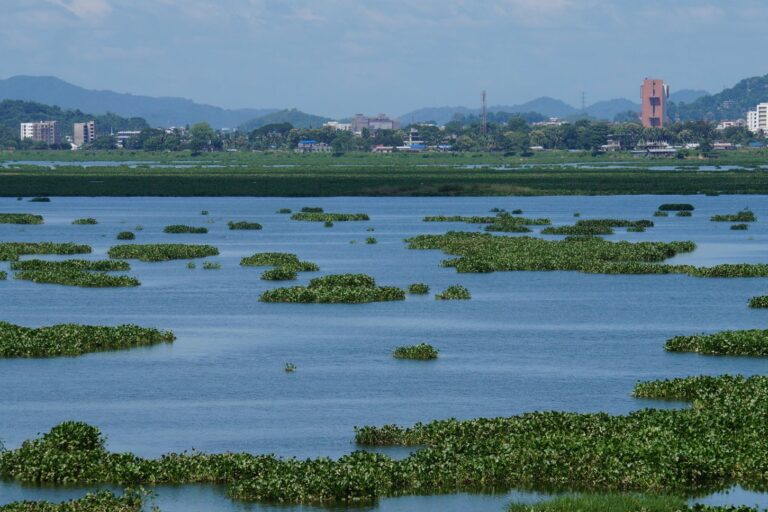- Located more than 1300 metres above sea level in Kerala’s Wayanad district, Ambukuthi Mountain comprises the exquisite Edakkal rock shelters with unique carvings which are thousands of years old.
- Despite being a treasure trove for archaeologists, historians, and researchers, the mountain is now demanding protection from illegal constructions, mining, and urbanisation. Mining activities are rampant apart from mushrooming of tourism resorts which drastically alter the topography.
- A huge crack developed on the eastern part of the mountain presumably during the heavy rains of 2019 is also contributing to the worries surrounding the caves. The crack was exposed two months ago when a major fire devastated one portion of the hill.
Some 126 years after British police officer Fred Fawcett’s chance discovery of the famous Edakkal Caves and their ancient rock carvings in Wayanad district of Kerala, the mountain which houses these archaeological riches are facing a major environmental threat. Located more than 1300 metres above sea level, the Edakkal rock shelters with their unique carvings, which are thousands of years old, are located in Ambukuthi Mountain.
The rock carvings at Edakkal are categorised as Neolithic Petroglyphs. Neolithic is the new stone age, estimated between 12,000 years before present (ybp) to 6,500 ybp. Petroglyphs are images carved onto rock. The Wayanad district website claims that the carvings date back to 6,000 B.C.

Located ten km away from Wayanad’s major town Sulthan Bathery, Edakkal Caves are now the focus of tourists from across the world. The caves are two natural rock formations believed to have been formed by a large split in a huge rock. The cave is a double-chambered, naturally formed cavern whose lower chamber is 18 feet long and 12 feet wide, while the upper chamber has a length of 96 feet with a width of 22 feet.
Despite being a treasure trove for archaeologists, historians, and researchers, the mountain now needs to be protected from illegal constructions, mining, and urbanisation. Mining activities are rampant, adding to the pressure of mushrooming of tourism resorts which drastically alter the topography. In addition, a huge crack that developed on the eastern part of the hill – presumably during the heavy rains of 2019 – is also contributing to the worries surrounding the Edakkal caves. The crack was exposed two months ago when a major fire devastated one portion of the hill.

Rains, landslides and another prehistoric rock art site
The risk at Ambukuthi increased manifold as Wayanad faced yet another round of incessant rain coupled with landslides and destruction this year. According to the Wayanad district soil conservation officer P.U. Das, who inspected the site, the crack had formed along a 60 metre stretch on the hill slope. The exact cause of the crack is yet to be ascertained.
“The crack must have developed during the heavy rains last year. The possibility of such cracks causing landslides during floods is high. As Wayanad has faced the brunt of extreme weather events in the last three years, the hills require immediate attention. Environmental questions must be addressed and the caves must be protected for future generations,” he said.
The concerns are getting raised at a time when an important prehistoric rock art site has been spotted in the foothills of the same Ambukuthi hills. According to independent researcher, writer and national award-winning filmmaker O.K. Johnny, who discovered the second site, Ambukuthy hills are a hidden treasure with high archaeological importance. Its safe protection from the adverse effects of floods, landslides and human encroachments is vital, he said. In the meanwhile, Wayanad’s environmental groups are demanding immediate taking over of the whole mountain by the Archaeological Survey of India (ASI) to end all kinds of human interference.
Read more: Climate change threatens Wayanad’s agrarian and tourism prospects
Trying for UNESCO tag
The degradation is happening despite the government declaring 5.5 acres of land around the caves as protected and banning any kind of construction activities 300 meters around the mountain premises. Though five years have gone by since the state government decided to hand over the caves to the state’s archaeology department, nothing has progressed so far even in that respect. Private tourism lobbies are now exploiting the lackadaisical attitude of the government.
According to U.K. Preman, a local social worker, four major tourism resorts had been constructed in the close vicinity of the caves in the last six years by flouting all norms. Despite being an ecologically fragile area, six major constructions are now underway. Resorts were being made using permission to build smaller structures, he alleged.
Environmental activist Thomas Amabalavayal pointed out that though the state government has been trying to obtain a World Heritage Monument status from the United Nations Educational, Scientific and Cultural Organization (UNESCO) for the caves in the last one decade, the potential threats to the rock carvings, including unrestricted construction and mining activities in the area are remaining unaddressed. Scientific measures to conserve the monument are also not in sight.
“After the heavy rains last year, the first cave at Edakkal was closed for three months for tourists when a huge stone collapsed into it. Despite the government ban on all types of construction on the premises of the caves, illegal resorts and illegal quarrying using explosives have been going on unhindered,” said P.K. Achuthan, convener of Ambukuthi Hill Conservation Committee.
Apart from posing serious threats to the rock shelters, the environmental degradations could adversely affect well-being of hundreds of families residing on the hill slopes at Kuppakolly, Edakkal, Andikkavala,Vellachattam, Pattiyambam, and Govinda Moola.

Of great historical and cultural significance
“It was in 1895, when the then Malabar Regional Police Superintendent Fred Fawcett reached Ambukuthi as part of a hunting tour in Wayanad jungles. On reaching the slopes, he had stumbled upon some ancient tools. The discovery was by chance but the archaeology enthusiast in him had decided to explore further in the region. Based on information gathered from the locals, he reached the upper reaches of the mountain and discovered the cave,” Johnny observed.
After the discovery, Fawcett continued to visit the site for two years to further study the inscriptions and drawings. He was also the first person to write an article about the historical importance of the site. The British officer had also taken several photos of the site. The Ambukuthi Mountain is referred to as Bathery Rock in the British records.
According to historian M.R. Raghava Varier, who attempted to analyse Edakkal engravings in the nineteen eighties and found some surprising similarities with Indus motifs, the Ambukuthi hills must be retained as the base for future studies of rock art culture in entire south India.
“The government took control of the caves in 1986 after a series of agitations led by environmentalists in the district under the aegis of the Wayanad Prakruthi Samrakshana Samiti. At the time rampant granite mining was posing a threat to the very existence of the historical monument,” recalled Thomas.
But the government is yet to adopt any measures to conserve the caves formed on fragile rocks, and the rock carvings were still lacking protection from illegal constructions, encroachment, mining, felling of trees, and urbanisation.
Tourism booms
“Private entrepreneurs purchased land on the hill after it became a major tourism spot. They are building resorts in blatant violation of a ban imposed on construction,” explained Achuthan. “Though granite quarrying was prohibited in the area decades ago to conserve the monument, the activity is still rampant on private land. Many incidences of landslides and mudslides occurred in the last two years owing to unscientific constructions and mining activities,’’ he added.
According to sources in the Wayanad District Tourism Promotion Council, which manages the caves, seepage of rainwater is also turning a threat to the wall engravings. Efforts are needed to prevent the movement of water through the rock surface. The growth of vegetation along the cracks is turning another threat to the engravings.
“Only the UNESCO World Heritage tag can protect Edakkal caves permanently. The tag would help in giving more protection to the stone age carvings apart from maintaining the ecological balance of the hills,’’ noted Thomas.
Banner image: Stone Age rock carvings inside Edakkal caves in Wayanad district of Kerala. Photo by Sibi Pulpalli.







